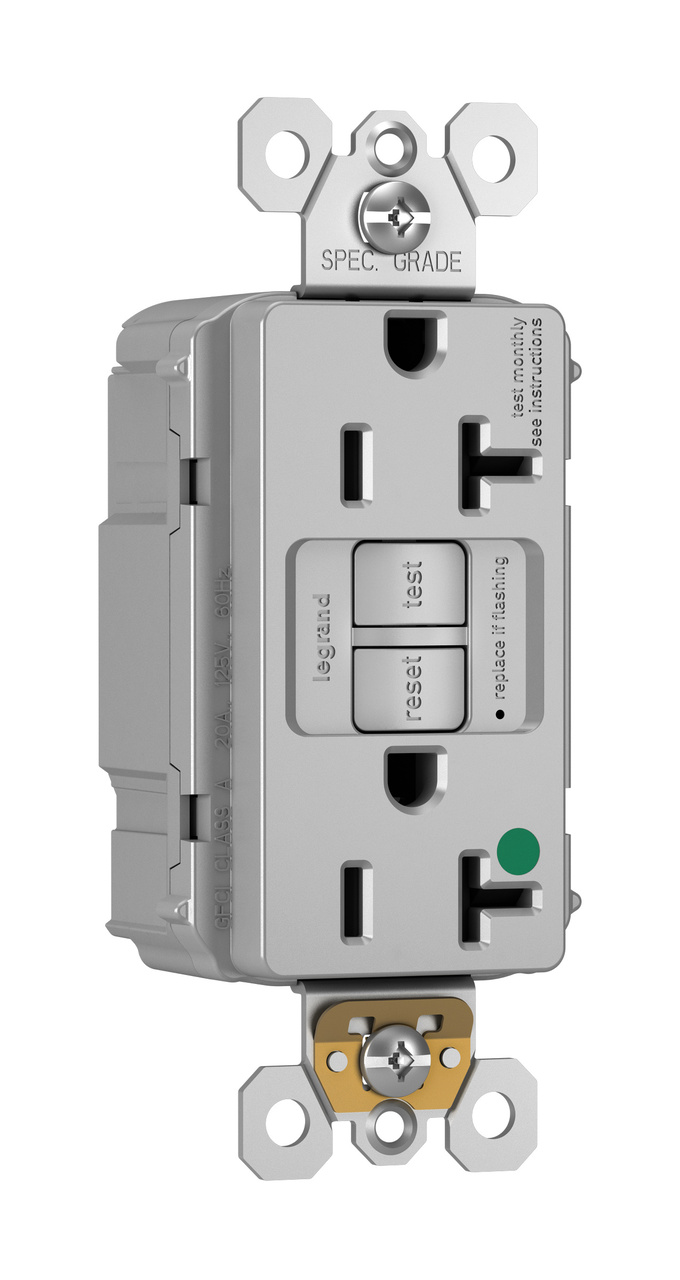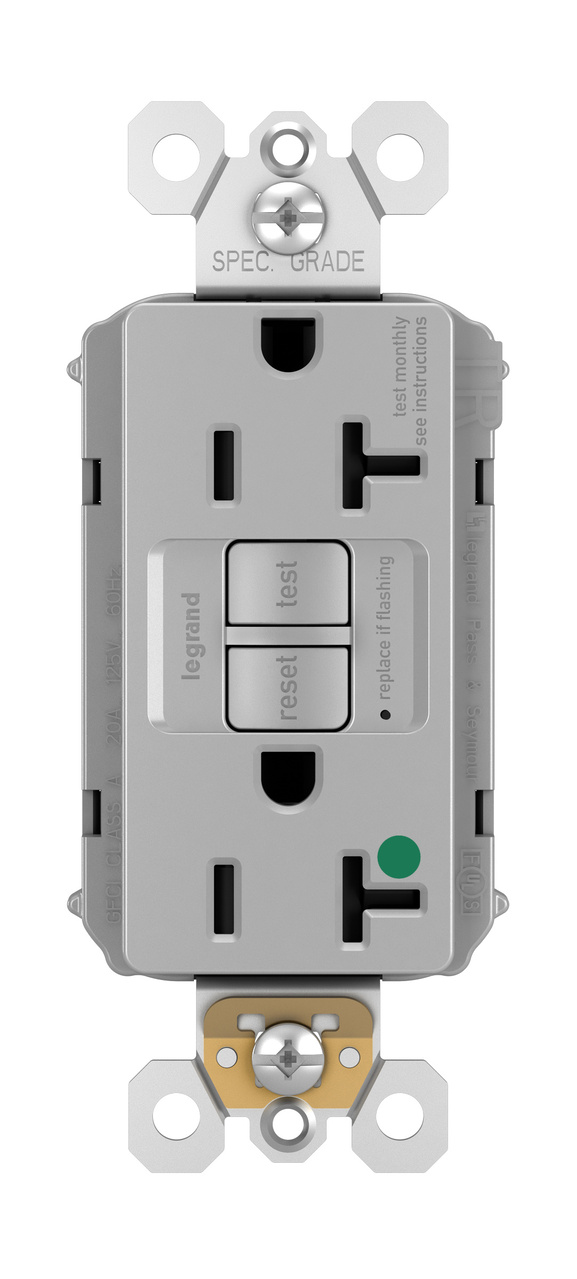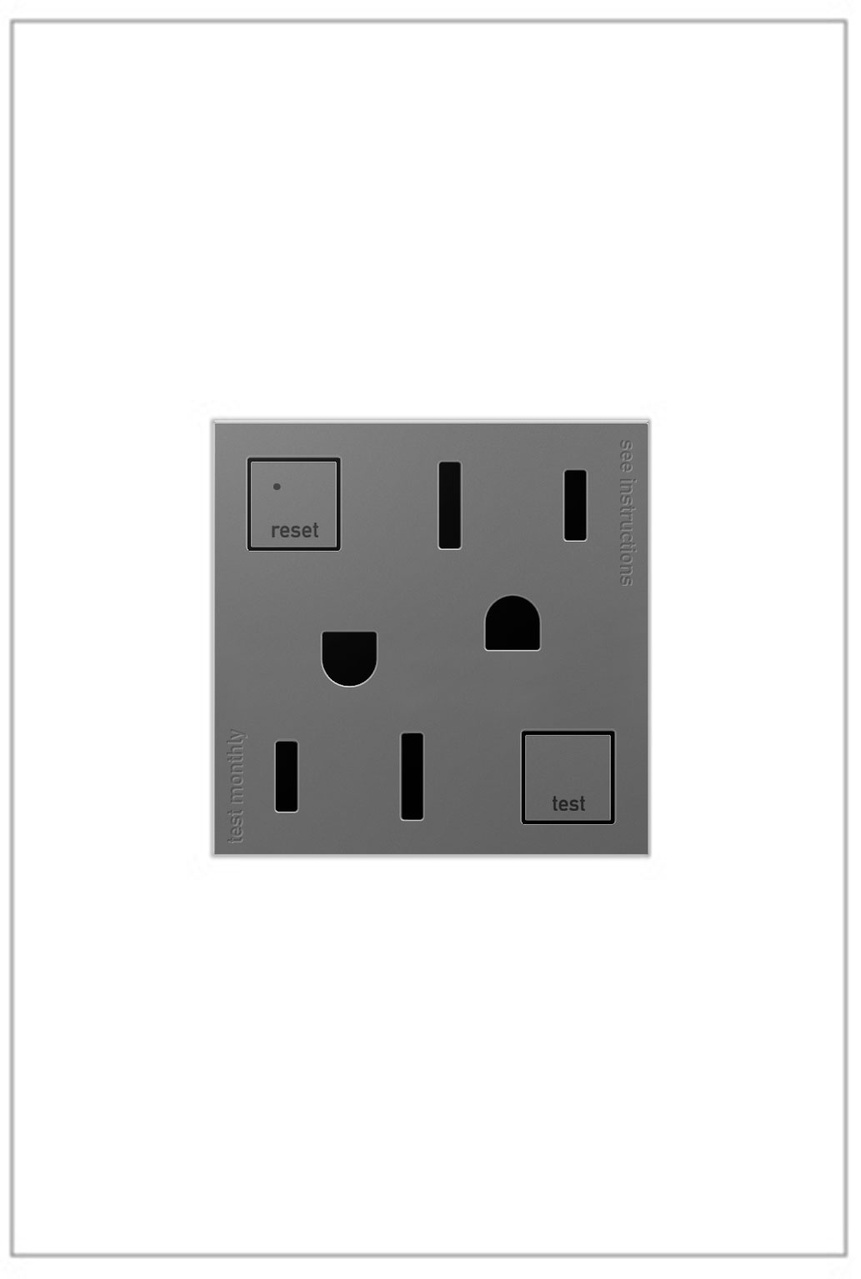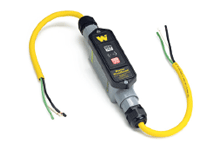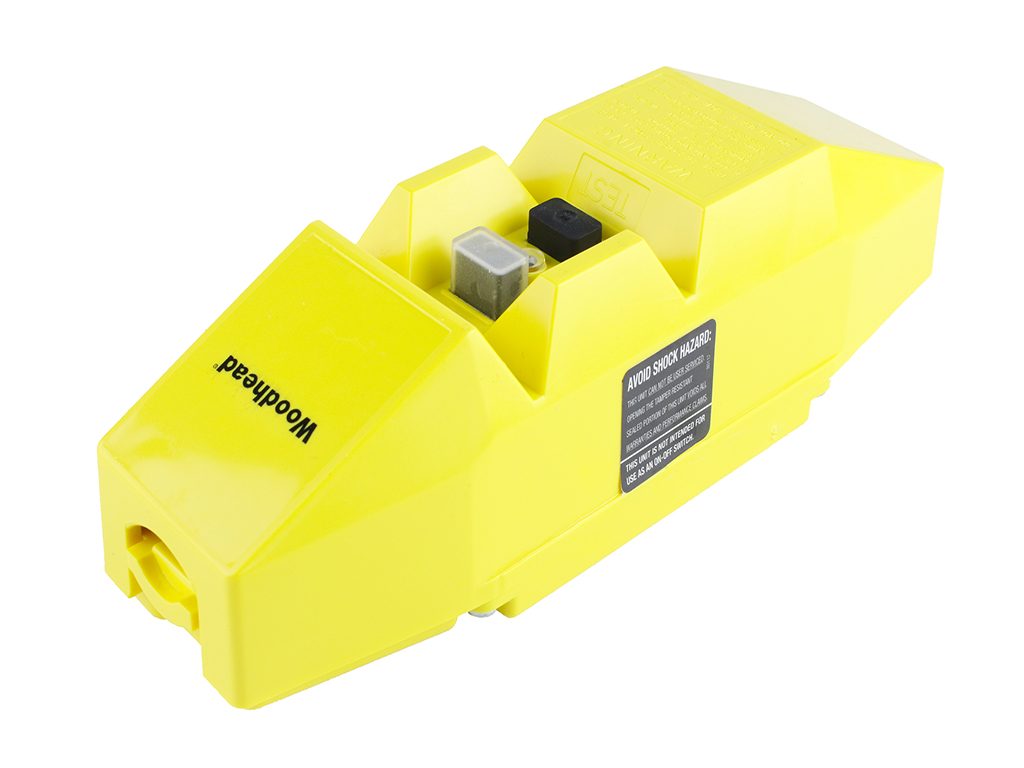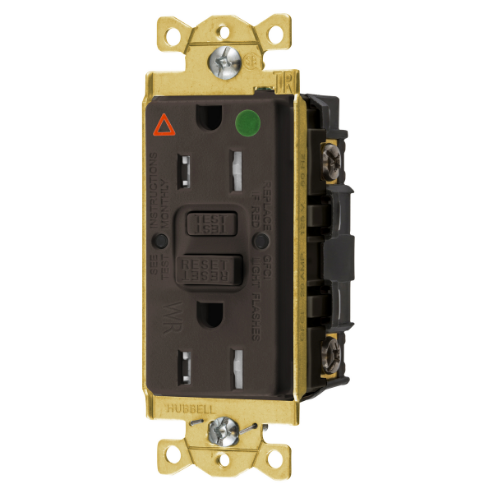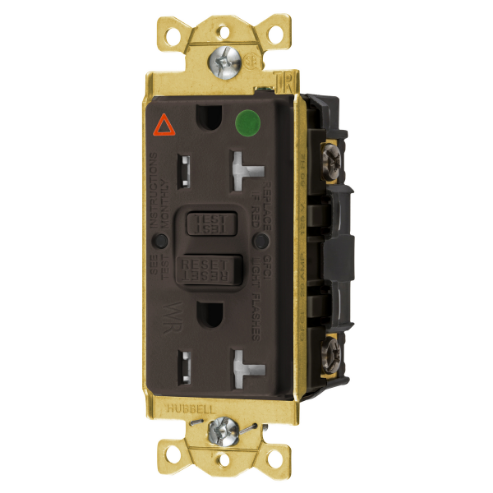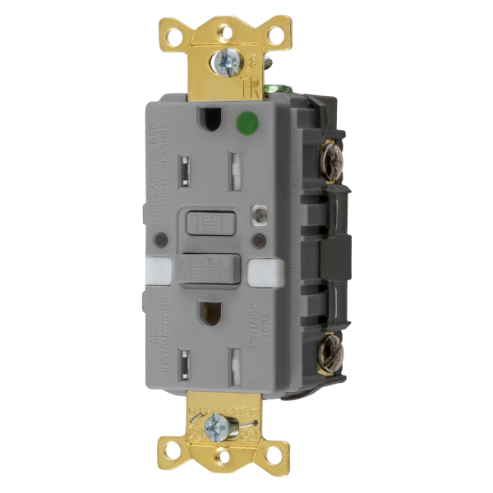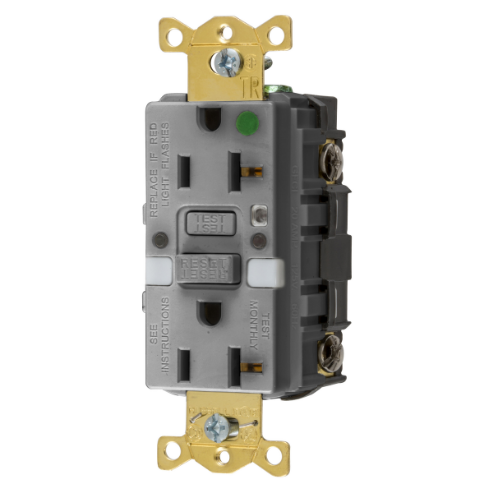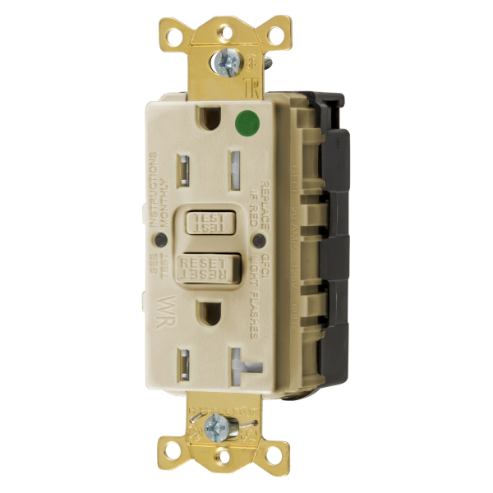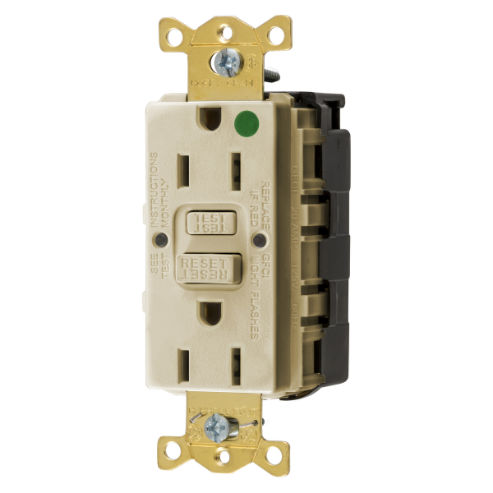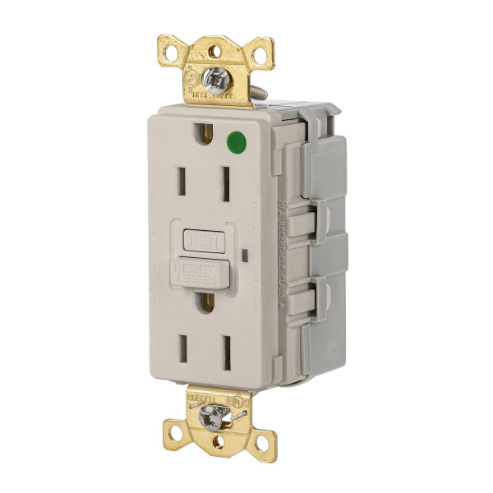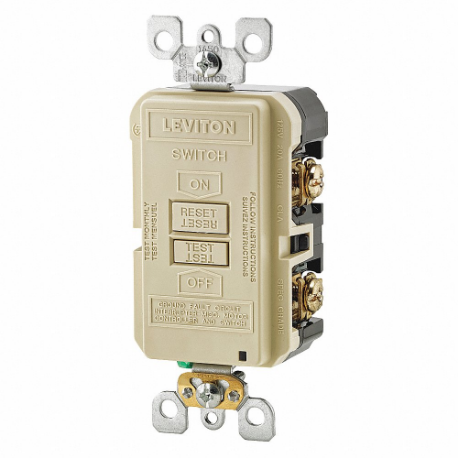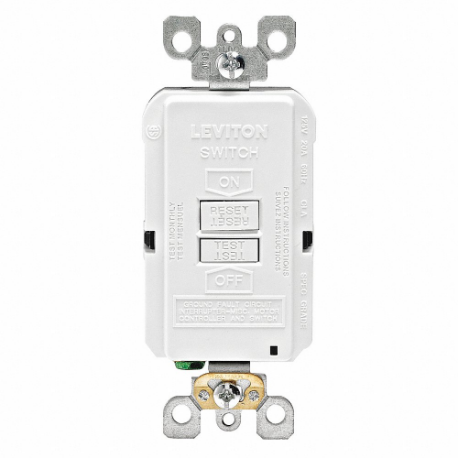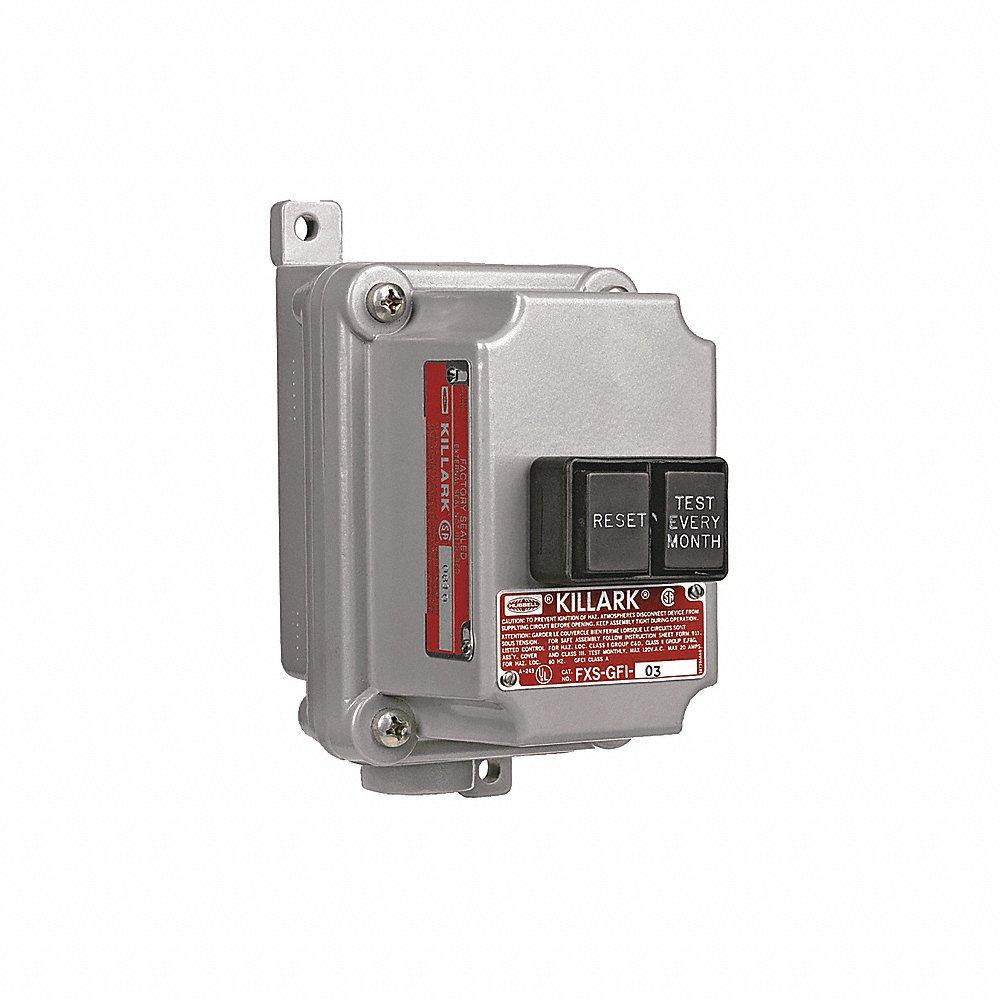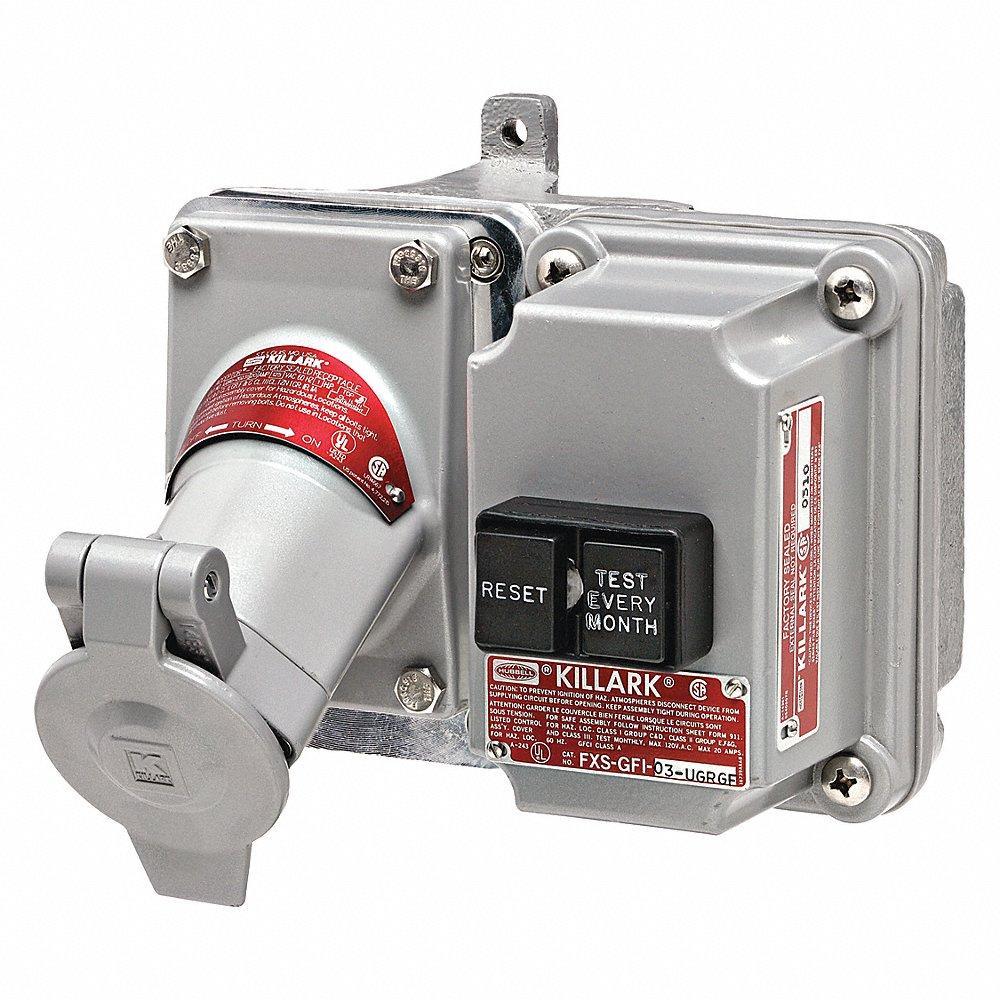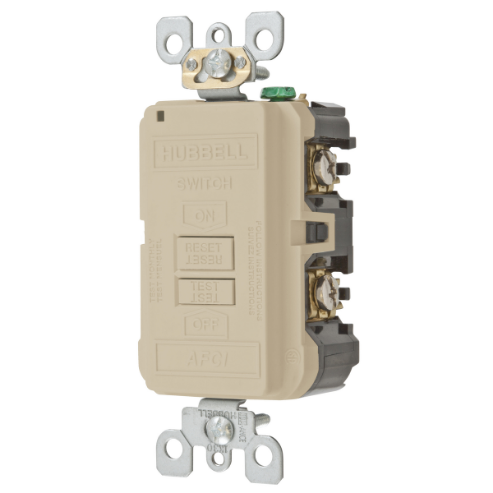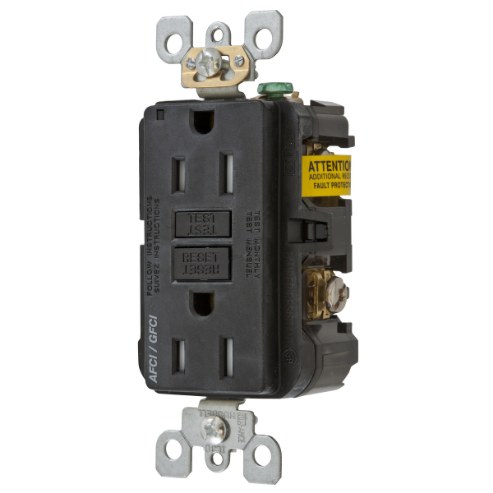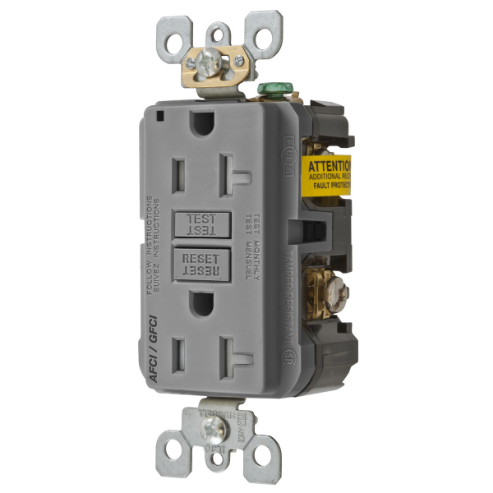Frequently Asked Questions
What is the difference between GFCI and GFI outlets?
Ground fault circuit interrupters (GFCI) and ground fault interrupters (GFI) are the same devices with slightly different names. Though GFCI is more frequently used than GFI, the terms are interchangeable.
When do we use a GFCI outlet?
GFCI protection is needed for 125V to 250V receptacles provided by single-phase branch circuits rated 150 volts or less to the ground. GFCI receptacles are required in garages, crawl spaces, basements, bathrooms, laundry rooms and places where a water source is available.
Can you put 2 GFCI outlets on the same circuit?
Users can employ two or more GFCI-rated outlets on one circuit if required. However, if one goes bad or trips, all the outlets / GFCIs down the line will be impacted. That's why users should test GFCIs monthly to ensure proper operation.
What are the different types of GFCIs?
There are three types of GFCIs. The most frequently used "receptacle-type" GFCI, parallel to a common wall outlet, is the type with which users are familiar. Besides, circuit breaker GFCIs are often used as replacements for standard circuit breakers and offer GFCI protection to all receptacles on that particular circuit. Temporary or portable GFCIs are used in outdoor settings with trimmers, electric tools, mowers and similar devices and should be tested before every use. They should not be employed as a permanent alternative to a regular GFCI.
 £ GBPChange Country
£ GBPChange Country



